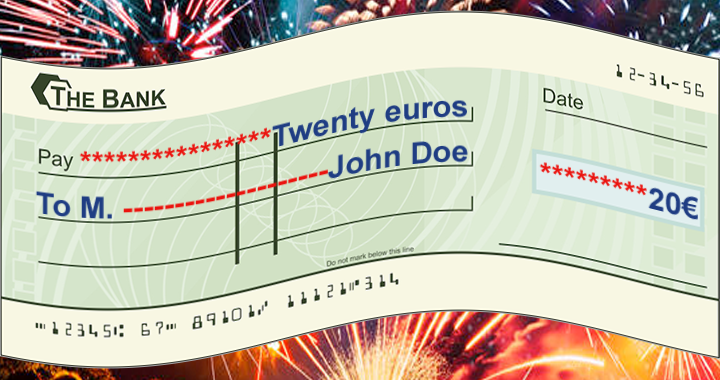Convert a 4D View document to 4D View Pro
We know how important your customer’s existing 4D View documents are, and being able to move them to 4D View Pro has been a priority for us. This is now possible with 4D v16 R6 (as a preview). Converting your 4D View documents to 4D View Pro is just a single line of code, thanks to the new command, VP Convert from 4D View.
Dates inside objects!
Objects are great! Their flexibility, combined with speed and elegance, make them a first choice for most developers. Using dates inside objects is now easier and more intuitive. From now on, dates can be set as dates – and not strings inside objects!
Higher security ranking for 4D web sites
HTTPS is a well-known HTTP protocol, covered with a layer of SSL/TLS encryption goodness. This protocol is intended to provide confidentiality and integrity by encrypting communications between your server and your end users, rendering your data secure from prying eyes.
4D v16 R6 takes it a step further: 4D Web server now supports Perfect Forward Secrecy (PFS). This provides you with the highest security level for your communications – by default! Beyond the protection it provides, the support of PFS also increases the SSL audit test results of an out-of-the-box 4D server, which is great for our customers. Especially those working with sensitive information.
Sharing information in multi-threading environment
4D v16 R6 introduces a new concept of communication between processes: shared object and shared collection variables! They are a solution so you can avoid using interprocess variables (which can’t be used in multi-thread mode). Thanks to this, you will be able to easily share information between preemptive processes.
Images in absolute position in 4D Write Pro
Pictures speak louder than words, or so they say. In fact, according to researchers the brain processes images 60,000 times faster than words. 4D Write Pro is constantly evolving, version after version, to support more and more picture-related features. After in-line pictures and background pictures, 4D v16 R6 gives you the full control over picture insertion at a specific position in a document, in front of or behind text, as well as anchored to the page or specific parts of the document (i.e., header, footer, sections).
4D Write Pro: use leading characters for tabs
No matter what line of work you are in, you may want to know how to use tabs (left, right, center, decimal tab). They are quite useful as, for example, they allow you to structure documents by separating and indenting your information.
In typography and design, details matter. But getting details just right can be quite time-consuming. 4D Write Pro now provides an additional functionality to fine tune your design in an instant: leading characters. You know the repeated dots or other characters in a table of contents … the ones that go from the end of the text in your first column to the beginning of the text in the second column? That’s them!
Fresh icons for Form Wizard
Sometimes little things can have a big impact … and it turns out that these little things we call icons are kind of important when it comes to today’s interfaces. That’s why 4D v16 R5 comes with a fresh set of icons available with the Form Wizard. These simple, flat and modern icons adapt perfectly to the macOS and Windows platforms.
Enhancement of Get process activity command
The Get process activity command, added with 4D v16 R4, makes it possible to retrieve a list of running processes and connected users. With 4D v16 R5 we’ve further enhanced the command to make parsing the results easier. In addition to that, a new systemID attribute has been added to uniquely identify any process, whatever its type: user, 4D or spare.
New command to get Web Server information
This feature is another way of providing you the ability to create your own server administration dialog. Following the ability to retrieve information for all processes (added in 4D v16 R4), we are now offering you a new command which returns, as a whole, all runtime information about 4D Web server.
With 4D v16 R5, retrieving web server information has never been easier, thanks to a single command: WEB Get server info.
4D Write Pro now supports picture expressions
This blog post explores a 4D Write Pro-related functionality which will help you with the creation of complex documents, programmatically. Documents that can be either printed or sent by email.
An expression can now be a Picture! Handling pictures in your 4D Write Pro documents is becoming easier, offering vast possibilities. From now on, any expression returning a picture can be inserted. The most obvious cases are fields and variables, but it goes also for 4D functions and, last but not least, your own methods!
Contact us
Got a question, suggestion or just want to get in touch with the 4D bloggers? Drop us a line!
* Your privacy is very important to us. Please click here to view our Policy









